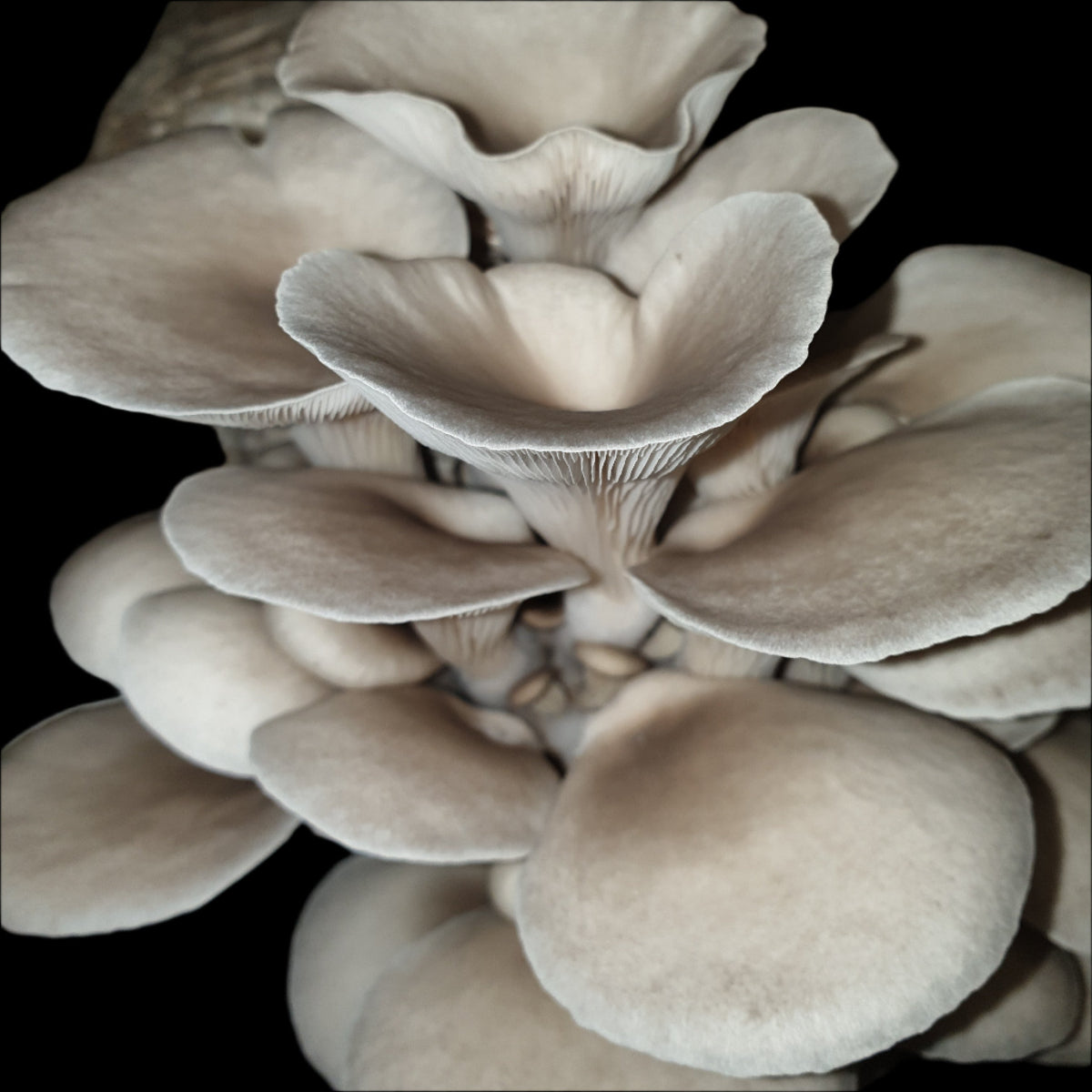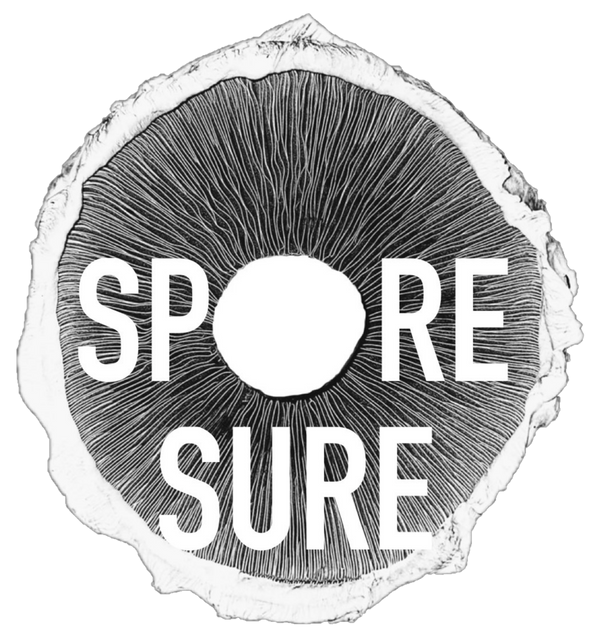
Are you ordering the right?
Mother Culture (10ml Syringe - Liquid Culture)
Mushroom liquid culture (LC) is a method used to grow mycelium in a liquid medium, which is typically a nutrient-rich broth. The liquid medium contains sugars, amino acids, and other nutrients that support the growth of the mycelium. This culture method is often used for propagating mycelium quickly, as the liquid environment allows for more rapid colonisation compared to solid agar plates. In liquid culture, the mycelium grows throughout the liquid, often appearing as tiny white strands or a cloudy, milky substance. Once the culture has fully colonised the liquid, it can be used to inoculate substrates (like grain, sawdust, or sterilised compost) for mushroom fruiting, or it can be used for cloning or other propagation purposes. The advantage of liquid culture over solid agar culture is that it allows for a larger quantity of actively growing mycelium to be produced quickly and efficiently, which can then be used for inoculation on a larger scale.

Mother culture - (100mm Petri dish)
Mushroom agar culture is a nutrient-rich medium used to grow and propagate mushrooms, particularly the mycelium for research, cultivation, or breeding purposes. Agar, a gelatinous substance derived from seaweed, while additional nutrients (sugar and minerals) are added to support the growth of the fungal species. This culture is typically used in mycology to isolate and grow fungi in a controlled environment. Different types of agar (like potato dextrose agar, malt extract agar, or sabouraud agar) are used depending on the mushroom species being cultivated or studied. In short, it’s a way to grow and maintain healthy fungal cultures in a controlled environment to study them as well as make Mother spawn as well as syringe and jar liquid culture in mushroom cultivation.

Mother Spawn - 1kg
Mushroom mother spawn refers to a small, well-established culture of mycelium that acts as the “mother” or initial source for propagating larger amounts of spawn, which will then be used to inoculate a substrate for mushroom fruiting. In mushroom cultivation, the process often starts with creating a small batch of high-quality, clean mycelium—this is the mother spawn. It is typically grown on grains, like rye or millet, or other suitable materials. Once the mother spawn is fully colonised with mycelium, it is used to inoculate more substrate material (like more grain, sawdust, or straw) to produce a larger quantity of spawn that can be used for actual mushroom cultivation. Essentially, the mother spawn is the starting point, and it’s crucial to ensure that it’s healthy and free from contaminants, as it will be the base for producing more spawn.

Mushroom Spawn 60g - 2.5kg
Mushroom spawn is a substrate (usually grains, sawdust, or wood chips) that has been inoculated with mushroom mycelium, the vegetative part of the fungus. It serves as the “seed” for growing mushrooms, which is then used to inoculate a bulk substrate (like straw, master mix, wood logs, or compost) to encourage mushroom fruiting. Spawn is produced by introducing mushroom spores or a small amount of mycelium (agar or liquid culture or mother spawn) into a nutrient-rich material (like sterilised grain) and allowing it to grow and colonise. Once the spawn is fully colonised by the mycelium, it’s ready to be used for inoculating larger amounts of substrate, which will eventually produce the fruiting bodies (mushrooms). There are different types of spawn, such as: 1. Grain Spawn: Whole grains (like rye, millet, or wheat) colonised with mycelium. It’s commonly used for larger-scale inoculation. 2. Saw Dust Spawn: Sawdust mixed with mycelium, typically used for wood-loving species like shiitake. 3. Plug Spawn: Small wooden dowels inoculated with mycelium, often used for inoculating logs. Spawn is the key starting point for mushroom cultivation, allowing growers to expand their mycelium on a larger scale before it fruit mushrooms

- Choosing a selection results in a full page refresh.
- Opens in a new window.


